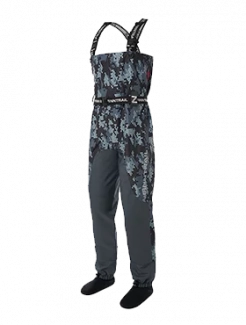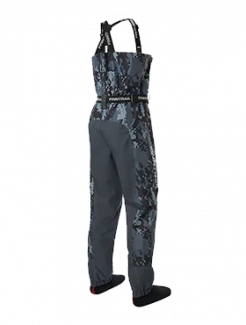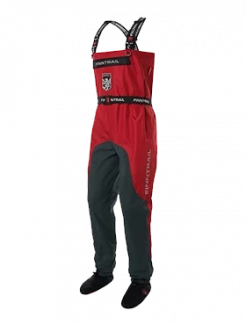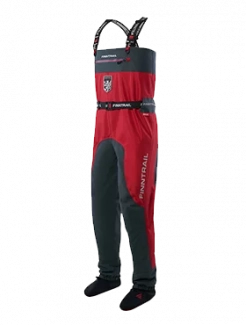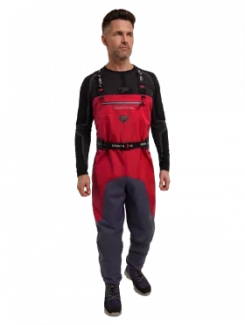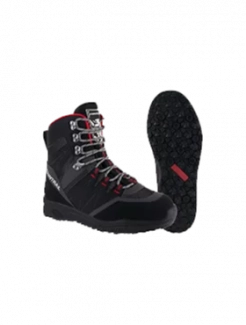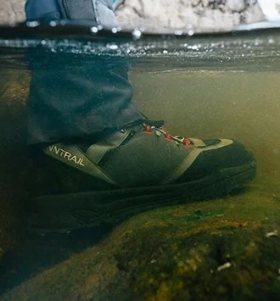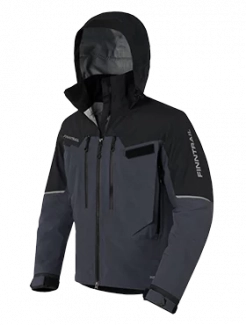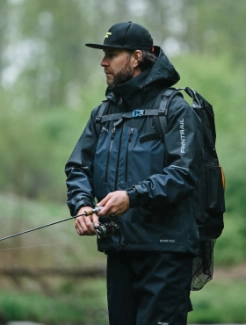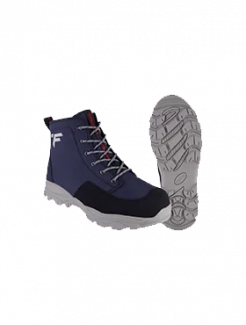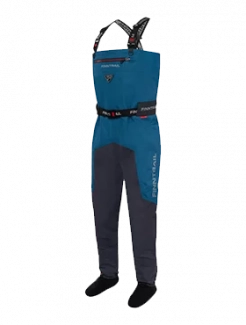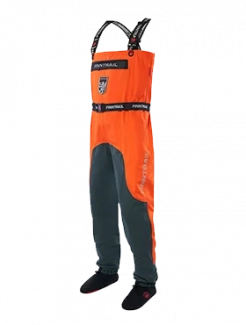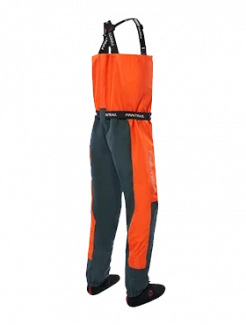The Art of Mending in Fly Fishing
When it comes to river fishing—whether you’re chasing steelhead, salmon, or walleye—few skills matter as much as controlling your drift. You can have the best bait, the perfect presentation, and even the right spot, but if your line isn’t drifting naturally with the current, fish will ignore it. That’s where line mending comes in. Learning how to mend properly can turn an average outing into a day you’ll remember.
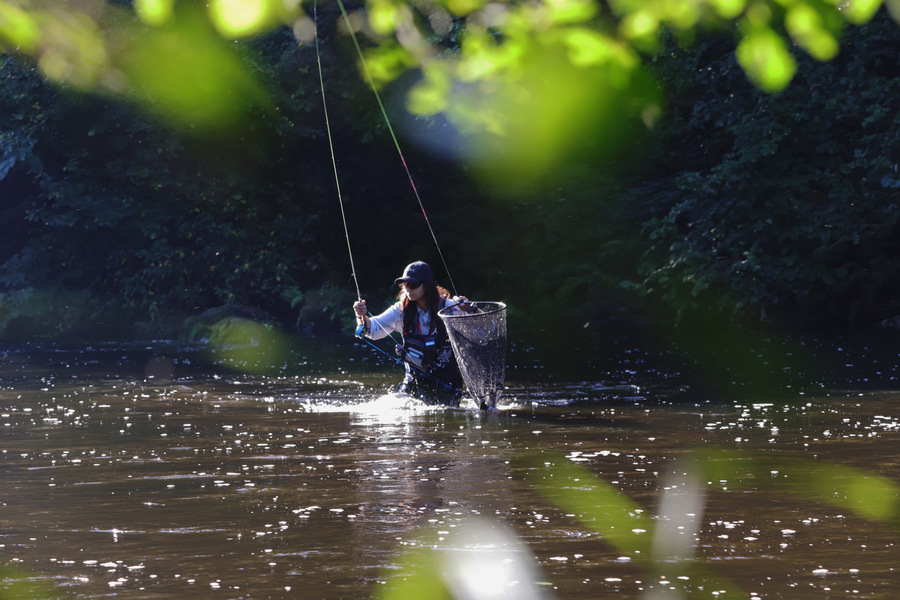
What Is Mending in Drift Fishing?
Mending means repositioning your fishing line on the water after your cast so your bait or fly drifts naturally with the current. The goal is to prevent drag—the unnatural pull that makes your lure or fly move faster than the surrounding water. A smooth, drag-free drift is often the difference between fooling a fish and spooking it.
Whether you’re working with a floating fly line for steelhead, drifting roe sacks for salmon, or targeting walleye on the bottom, mending gives you better control over your presentation.
Why Drift Fishing Depends on a Good Mend
Drift fishing is all about presentation. Fish in current-driven environments are used to seeing food drift downstream at the pace of the water. If your bait moves too fast or too slow, it looks wrong. By mending, you eliminate slack in your line, allowing your lure or fly to drift naturally, just like real food.
Step by Step – How to Mend Your Line
Cast Upstream with Intention
Your mend starts before the line even hits the water. Cast slightly upstream of your target area so you have time to adjust.
Lift, Don’t Yank
When you mend, gently lift the section of line on the water and reposition it upstream or downstream. A sharp yank can move your bait unnaturally and spook fish.
Use the Wrist, Not the Arm
Think of it as flipping or rolling the line with your wrist. This keeps your lure or fly drifting undisturbed.
Upstream vs. Downstream Mends
An upstream mend slows the drift, perfect when the faster current is closer to you. A downstream mend speeds things up, useful when the near current is slower than the far current.
Multiple Mends
Rivers change constantly. Be ready to mend more than once during a drift to keep things natural.
Choosing the Best Line for Drift Fishing
The right technique starts with the right line. Here are some proven options depending on your target species:
-
Steelhead: high-visibility monofilament or a floating fly line with a running line. Both make mending easier and improve strike detection.
-
Salmon: in larger rivers, strong, abrasion-resistant mono or fluorocarbon leaders paired with a floating main line. This setup keeps your bait at the right depth while still giving you control.
-
Walleye: low-stretch braided line with a fluorocarbon leader. Braid improves sensitivity, while fluoro keeps the setup stealthy.
Fly anglers can also drift fish using floating running lines on fly rods. This combination makes it easier to mend and adjust your drift while keeping your presentation natural.
Common Mending Mistakes to Avoid
-
Moving Too Much: over-mending moves the lure or fly unnaturally. Keep adjustments subtle.
-
Waiting Too Long: mend early in the drift. The longer you wait, the harder it is to correct drag.
-
Ignoring the Current: always read the river. Fast currents near you and slow currents farther away require different mends.
Practice Makes Perfect
Like casting, mending takes practice—but with time it becomes second nature. Next time you’re on the water, focus on how the current flows. Watch how your line behaves and make small corrections. The more you practice, the more your catch rate will show it.
Final Thoughts
Perfect drifts don’t just happen—they’re crafted with smart technique, good gear, and practice. Whether you’re mending fly lines for steelhead, fine-tuning setups for salmon, or experimenting with walleye rigs, mastering line control will elevate your fishing game.

